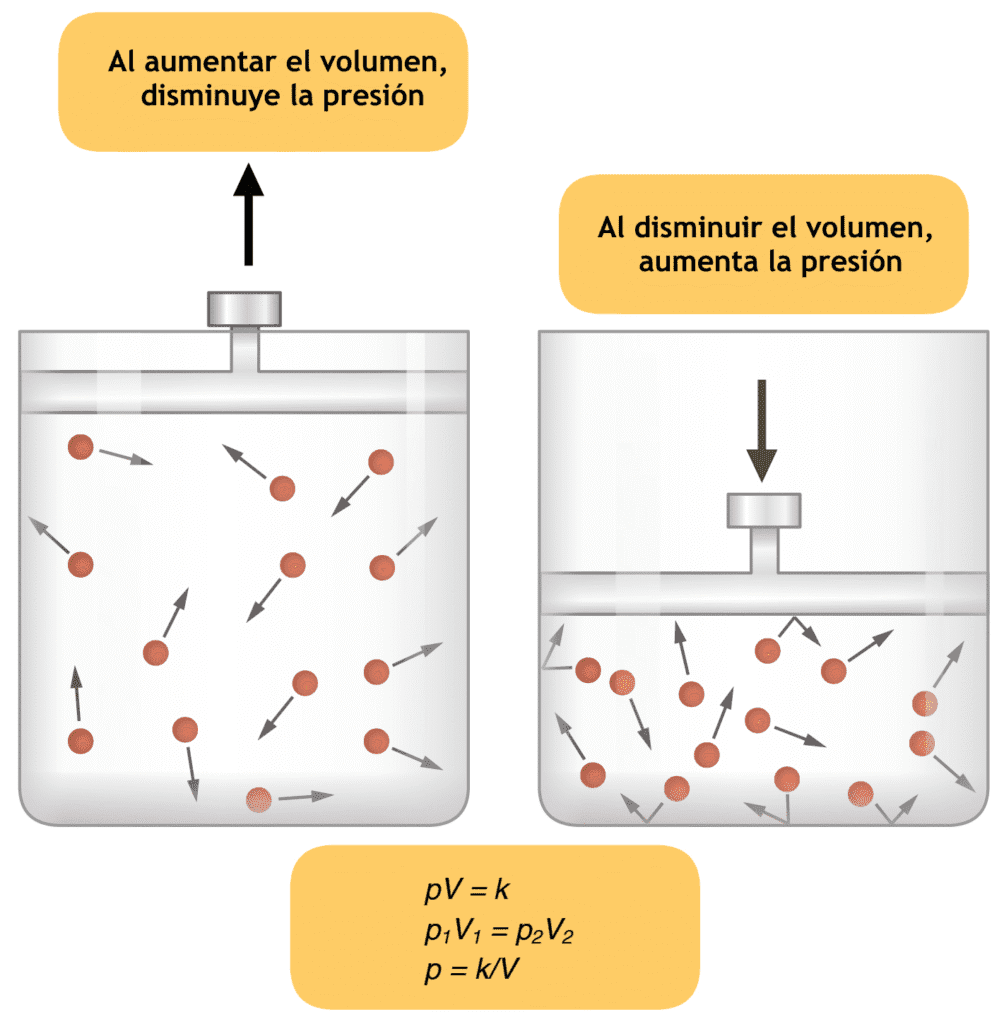Isoflurane volatile anesthetic is a halogenated methyl ethyl ether, which is a racemic mixture. It is very stable at room temperature, soda-lime and UV light. It has an ethereal odour and is irritating to the respiratory tract and not epileptiform. Metabolism 0.2%
Physical properties: Isoflurane volatile anesthetic has a bp of 48.5°C similar to halothane, VP 243 mm Hg. So a vapourizer for halothane can be used, but for medicolegal safety it is avoided.
The MAC ranges from 1.28% in adults down to 1.05% at 60 years. In the presence of nitrous oxide MAC is reduced by 50% as also by alcohol, lignocaine and narcotic analgesics.
Uptake and distribution with a lower blood gas solubility than halothane, alveolar concentration rises quickly in 4 minutes. Isoflurane volatile anesthetic pungency may induce coughing. There is a 5- compartment distribution, viz., lungs, blood, vessel rich organs (VRG) (brain heart, kidney and liver), muscle and peripheral fat.
Metabolism of isoflurane is minimal (less than 0.2%). Excretion is mainly through the lungs. Oxidation takes place in the hepatocytes by cytochrome P450 (2El) resulting in trifluoroacetic acid and inorganic fluoride.
Miller’s Anesthesia 7th Edition says the following about Isoflurane volatile anesthetic –
Isoflurane (CHF2-O-CHCl-CF3), an isomer of enflurane, is metabolized even more slowly than halothane or enflurane is (≈0.2%). The metabolism of isoflurane results from oxidation of the α-carbon by hepatic CYP2E1. The initial hydroxylated intermediate can decompose to produce a reactive TFA-Cl metabolite identical to halothane or a reactive trifluoroacetyl ester intermediate. Both these products would be expected to react with water to form trifluoroacetic acid or with protein to produce TFA-protein adducts. Very small amounts of inorganic fluoride would be expected to be formed during this metabolism.

